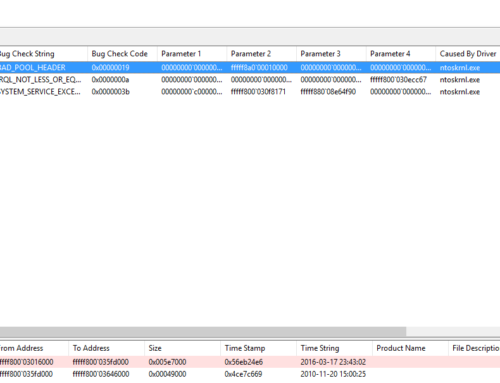As stated by Microsoft many times before, on 8th of april 2014 Microsoft has stopped updating Windows XP Professional and Home systems. That said, none of almost 1/4 in the world computers will receive updates for their computers.
Many of their users will simply not bother since they are home or not-so-aware-of-risk users. Some of them will upgrade to newer versions of Windows feeding Microsoft accounts. Which in long term isn’t that bad, since Windows XP is on the market for over 13 years now and still has some holes and glitches.
For all of those who don’t want to or just can’t afford buying a license or whole new computer and are made to stick with Windows XP there is one way to try the updates. It’s called Windows XP POSReady. This is special version of Windows XP installed in terminals, ATMs etc. It is based on Windows XP SP 3 kernel but lacks most of full Windows XP features. This version of Windows will be updated to year 2019. All users who want to try the updates for POSReady version on Windows should be aware of that this is not 100% the same version of Windows XP. There are some major differences between them but the kernel is the same. That said prior to installing the updates you are strongly advised to make a backup of your data or make a system restore point at least.
What you need to do in order to enable updates of your Windows XP installation is to add the following registry key:
Windows Registry Editor Version 5.00
[HKEY_LOCAL_MACHINE\SYSTEM\WPA\PosReady]
“Installed”=dword:00000001
Copy above content, paste in into notepad.exe and save it as a file with .reg extension. After that just double-click it and agree to add above keys to registry.Restart your computer. After this Windows Update should detect updates.
I cannot guarantee that this trick will work till the end of POSReady support in 2019 nor can I guarantee that updates won’t break your computer.
Anyone interested in testing- just test. I did and my old PC still lives. However, I can’t imagine an IT administrator in a company enabling this on production computers since this is not recommended, not supported and not officially tested.

Leave A Comment